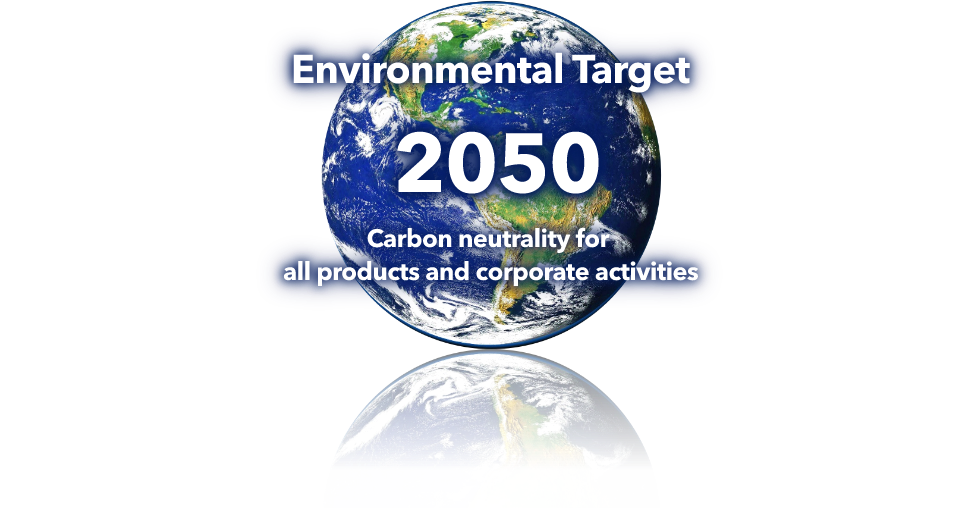How Honda Is Leading the Charge for a Sustainable Future
Honda has been a steadfast champion of sustainability and environmentalism for decades, with a clear roadmap towards a more sustainable future. The company aims to electrify its mainstream models in Europe by 2022 and reach its goal of selling only zero-emissions vehicles globally by 2040. And by 2050, Honda and all its products will be carbon neutral. This is a monumental challenge, but Honda is well-equipped to rise to the occasion.
Photo from Formula Venture
Honda's commitment to the environment dates back to 1999 with the launch of the world's first hybrid car, the Honda Insight. The company has since continued to push the boundaries of sustainability, becoming the first car manufacturer to openly disclose the CO2 emissions of its vehicles in 2014. These small yet significant actions demonstrate Honda's unwavering commitment to its larger sustainability goals.
With a focus on continuous improvement, here are 4 ways in which Honda is setting the standard in sustainability as it works towards its vision of zero environmental impact.
1. Electrifying the Future with Second Life Batteries
As the automotive industry moves towards electrification, Honda predicts that 40% of its cars in major markets will be electric, either battery-electric or fuel cell electric vehicles.
Electric vehicles are crucial in the fight against climate change and represent the future of sustainable transportation. To further enhance the environmental benefits of EVs, Honda is leading the way in recycling and reusing lithium-ion batteries.
Photo from iamrenew
While most parts of an EV can be recycled like traditional vehicles, the lithium-ion batteries require a unique approach. Honda is giving these batteries a second life by repurposing them for renewable energy storage. Additionally, the valuable materials from used batteries, such as cobalt and lithium, can be extracted and used in the production of new batteries.
This innovative approach helps ensure that EVs remain environmentally friendly and contributes to a more sustainable future.
2. Optimizing Transport for a Greener Future
Honda is committed to using the most efficient and environmentally friendly transportation methods, whether it’s using the highways or waterways. This approach allows the company to build its cars in a more sustainable manner. In Europe, Honda is especially innovative in its material transportation, using barges and canals in Belgium to reduce road emissions and greenhouse gases.
Since June 2019, this move has saved over 14 tons of CO2 and has earned recognition from sustainability experts worldwide. Honda's determination to use the best transport method for the job is just one of the many ways the company is leading the charge towards a more sustainable future.
3. Leading the Charge in Emission Transparency
Transparency when it comes to emissions is not a new concept for Honda. As early as 2012, the company became the first in its industry to publicly disclose estimated CO2 emissions from its products. With the increasing urgency of climate change, reducing emissions has become more critical than ever.
Photo by McGrath
Honda has set a bold target to significantly reduce its CO2 emissions, with a goal of halving the total product life cycle CO2 emissions (as compared to 2000 levels) by 2050. This equates to reducing tailpipe emissions by 80-90%.
The company's commitment to an electric future is another example of its efforts to address climate change. A recent study by Cambridge University found that electric vehicles have up to 70% lower average lifetime emissions compared to gasoline vehicles in countries where the majority of energy comes from renewable and nuclear sources such as France and Sweden.
Honda's dedication to EVs is unwavering, and by 2040, the company intends to have a 100% electric vehicle lineup.
4. Nurturing Nature & Dedication to Biodiversity
Honda has always been dedicated to conservation and the preservation of the world's biodiversity, which encompasses the diverse array of plants and animals in a given ecosystem. This commitment dates back to the 1960s, when Honda first started planting trees in its home country of Japan. With the launch of its Community Forest Program in the mid-1970s and its own biodiversity guidelines in 2011, Honda solidified its commitment to preserving the global environment.
From planting trees to pioneering innovative ways to reuse electric car batteries, Honda's commitment to the environment extends far beyond its electric vehicles. The future of our planet will be brighter because of Honda's unwavering dedication to the environment.
Photo from thenewswheel
What do you think about this article? Let us know in the comments!
If you are thinking of a course to pursue, and want to explore a career in automotive, motorsports, and all things related, why not check out our various programmes and courses available at TOC? We are one of the best automotive colleges in Malaysia that provides you with the education pathway you need to turn your dream into reality!
If you’d like to know more about the automotive industry or if you’re still unsure whether it would be a good fit for you, don’t hesitate to have a chat with our automotive course counsellors, who would be happy to help you out!





